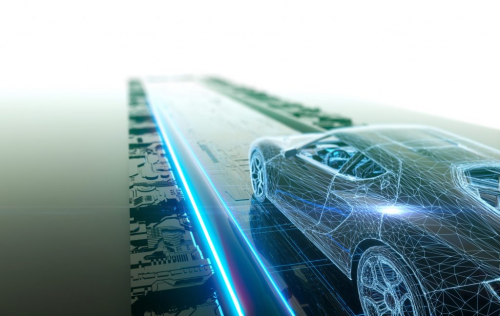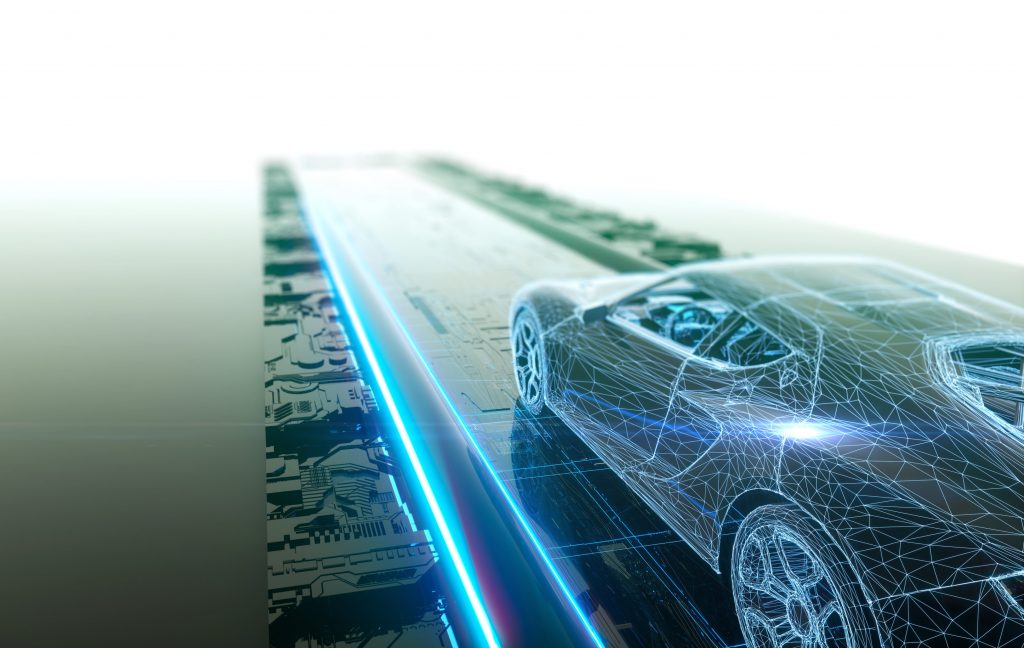As vehicle systems increasingly generate and process huge amounts of data, data security and integrity issues as well as the ongoing challenges of electromagnetic compatibility have become the focus of attention. Faced with this rapidly evolving environment, how should designers follow and adapt to the ever-changing industry standards?

The rise of plug-in hybrid vehicles and pure electric vehicles, coupled with the increasing sophistication of advanced driver assistance systems (ADAS) and autonomous driving technology, are quietly changing the standards in the field of electrical and electronic connectors. Although power transmission is a core link in connection technology, with the massive generation and consumption of vehicle data, the integrity and security of data, as well as the long-term problems of electromagnetic compatibility, cannot be ignored. Faced with such a rapidly changing industry situation, what are the latest industry standards that designers need to keep in mind?
The automotive industry is undergoing unprecedented and profound changes, especially in the past decade. Technological innovations can often trigger chain reactions in multiple fields, and the automotive industry is no exception.
Take semi-autonomous or fully autonomous vehicles as an example. These vehicles need to be equipped with a large number of sensors to ensure driving safety. Modern cars are already equipped with a variety of ADAS functions such as adaptive cruise control, emergency brake assist, and blind spot monitoring. As these functions continue to be enriched, the ability to integrate and analyze sensor data is increasing, laying the foundation for the realization of autonomous driving technology. Sensors around the vehicle need to be networked, and single-pair Ethernet (SPE) protocols, such as multi-point 10Base-T1S and long-distance 10Base-T1L, provide this possibility.
Electrification is another important industry trend. The continued rise in demand for electric vehicles (EVs) has prompted automotive engineers to change their development thinking. For example, the heavy weight of electric vehicle batteries and the increasing number of cables inside the vehicle require engineers to explore new vehicle electrical/electronic (E/E) architecture designs to reduce weight, reduce cost and simplify operation. Most automakers have moved to zone architectures, significantly reducing the number of cables running to specific areas. For example, the driver’s door zone requires only power and network access, while the zone controller handles communication with the door mirrors, blind spot sensors, door locks, window motors and turn signals.
In the automotive field, the connections between electronic control units, computers, sensors, actuators and motors are inseparable from the foundation of cables and connectors.
When it comes to the reliability of automotive connections, this field places extremely high demands on components. Equipment, cables and connectors must withstand extreme temperatures, humidity and dusty environments. Given that each component is not only related to the performance of the vehicle, but also to its safety, KONNRA works side by side with giant automakers at home and abroad. The entire series of KONNRA automotive connectors has passed the IATF16949 automotive quality system certification, and the product quality inspection is 100% automated CCD testing before leaving the factory , which is crucial to ensure the reliability and stability of the connection.










